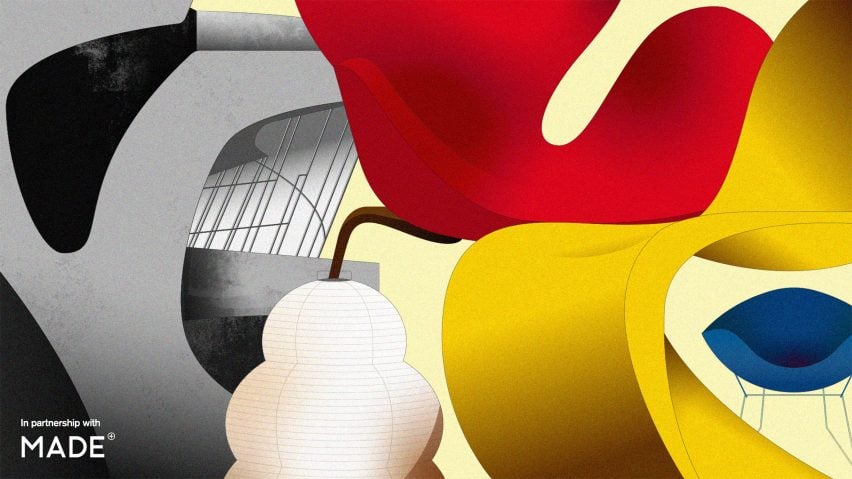
Mid-century modern design "embraced a more human aesthetic while remaining aggressively forward-looking"
More than 70 years after its birth, the popularity of mid-century modern design and architecture shows no signs of abating. This overview by Penny Sparke kicks off our series about the movement.
Mid-century modern design is hard to pin down. As soon as you think you have grasped it, it re-invents itself. Unlike the late 19th- and early 20th-century architecture and design movements – arts and crafts, art nouveau, art deco, and Bauhaus – which are all linked to specific time periods, places, and visual styles, the definition of what constitutes mid-century modern is in constant flux.
Also, while all the earlier movements have been revived from the 1970s onwards, they have tended to come and go. Mid-century modern's rebirth, however, has been in place since the 1990s and, three decades later, is still going strong.
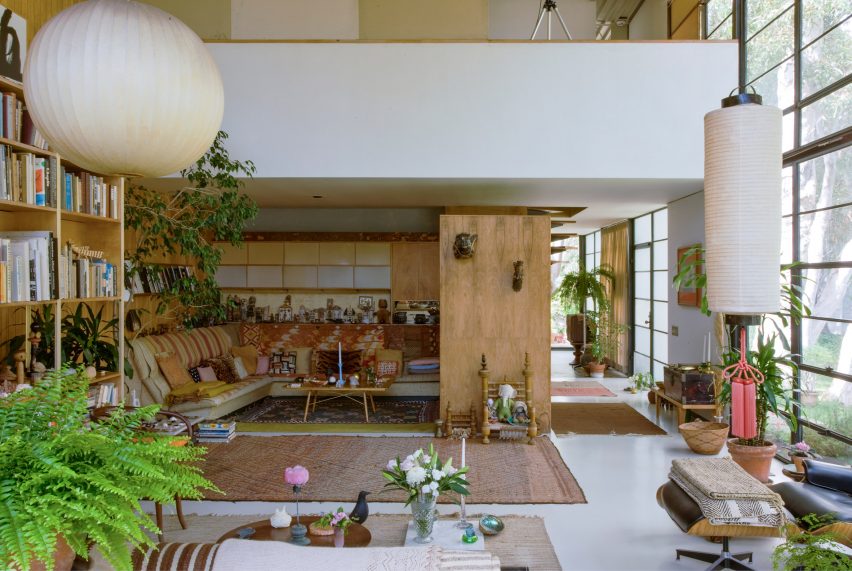
Antique shops and auction houses are full of boomerang-shaped coffee tables with spindly metal legs and lightly decorated ceramic and glass items – the prices of which continue to soar – while popular home magazines across the globe show us easy-to-live-in interiors filled with elegant Danish chairs, sculptural room dividers, patterned textiles, modern paintings, and sprawling houseplants.
Mid-century modern design usually associated with the home
If we can say anything definite about mid-century modern design, it's that it is usually associated with the home rather than the workplace, and that it manifests itself as architecture, furniture, textiles, and as decorative ceramic, glass, and metal items. While they can all be looked at in isolation, they are better understood as ensembles.
Moving beyond the austere modernism of the 1920s and 1930s, mid-century modern design embraced a more human aesthetic while remaining aggressively forward-looking. The adulation of the machine was replaced by an affection for the organic forms of the natural world.
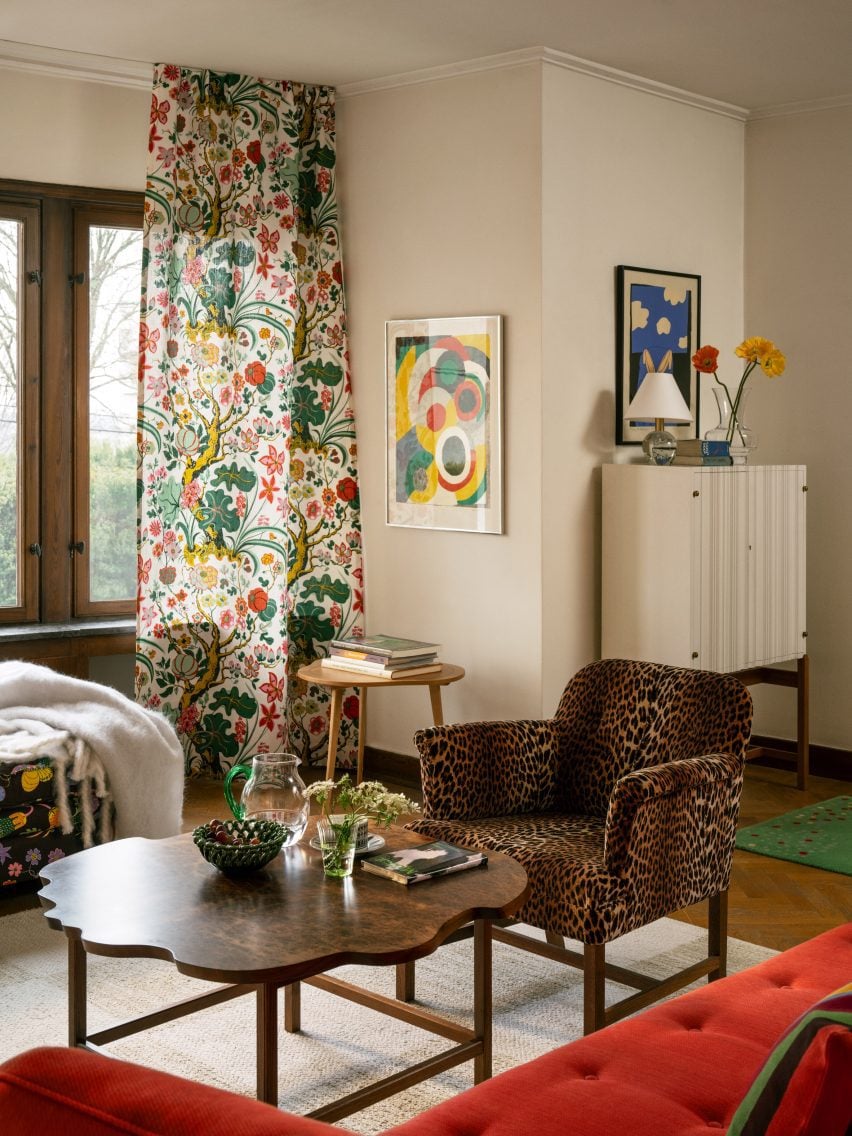
Always optimistic, the style emerged to offset the austerity of the post-war years and symbolised the importance of economic and cultural reconstruction. By the late 1950s, many countries in the developed world had developed their own versions of it.
While its roots were in Europe and the USA, as a popular domestic style it quickly spread further afield. Many questions remain, however. When did it start and finish? Where did it originate? What does it look like? Who are its designer heroes?
Scandinavian mid-century modernism "reached its full potential" post-war
In many ways, the Scandinavian countries can be seen as the home of what we might call "high" mid-century modern design, as opposed to its later, more popular manifestations.
There were early signs – in the form of Iittala's lightly engraved glassware of the 1920s, designed by Simon Gate and Edward Hald, and the work of the Swedish-based architect-designer, Josef Frank, described as bringing in a new "sanity in design" – that Scandinavia wanted to humanise the stark, tubular steel designs emerging from Germany.
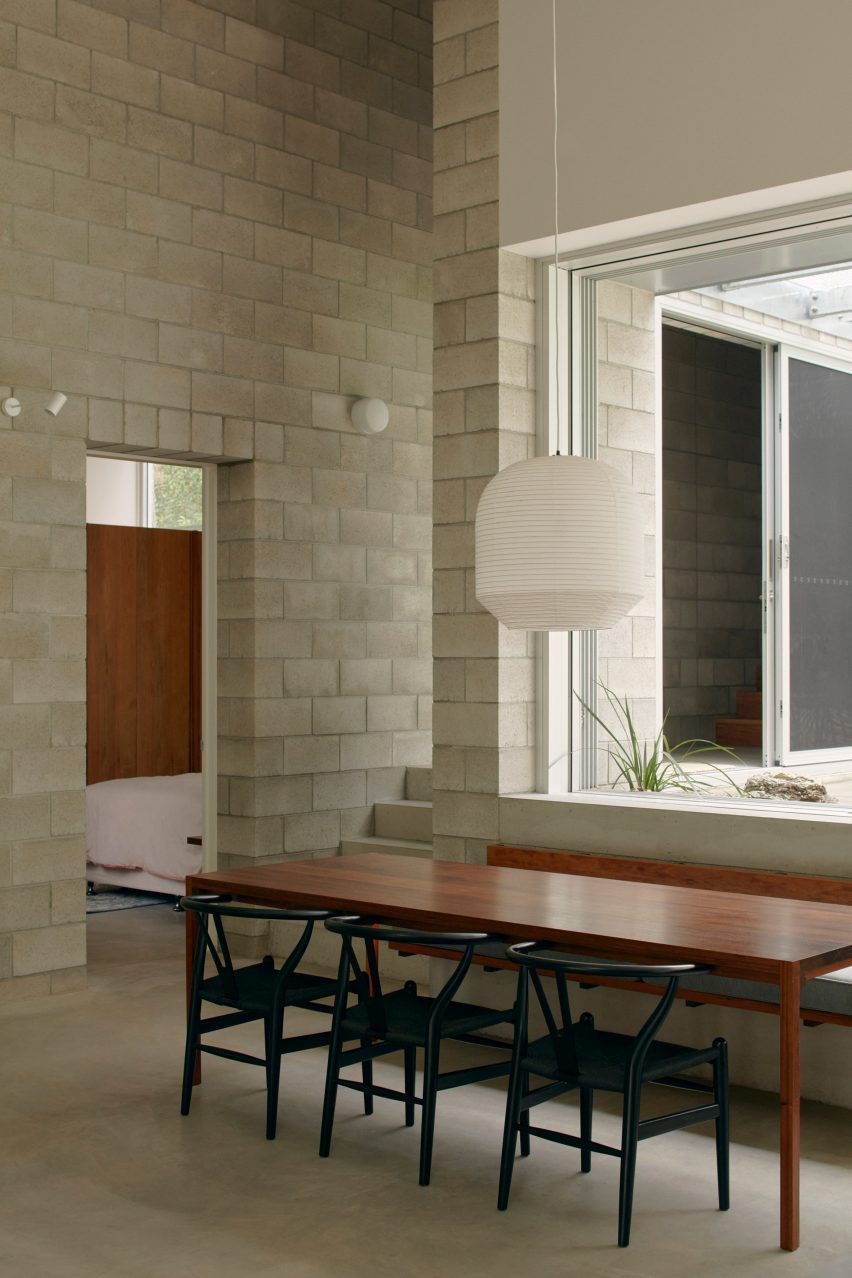
Scandinavian mid-century modern design reached its full potential in the post-war years. In the form of sleek items of Danish furniture designed by the likes of Hans J Wegner and architect-designer, Arne Jacobsen; elegant ceramics and glass pieces, designed in Sweden by Gustavsberg's Wilhelm Kåge and Orrefors' Vicke Lindstrand; airy textiles created by Sweden's Astrid Sampe; and the dramatic forms of Finnish designer Tapio Wirkkala's glass sculptures, the concept of Scandinavian Modern was celebrated worldwide.
Many of the designs have become iconic: Wegner's Wishbone bentwood-and-rope chair of 1949, for instance, still graces many a fashionable dining area, while, with its three slim steel legs, Jacobsen's moulded plywood Ant chair looks as modern today as it did back in 1952 when it was first produced.
Italian designers rejected the past
While Scandinavian mid-century modern design was about everyday family life and democracy, Italy's version was all about high style.
The furniture, lighting, and decorative items created by Gio Ponti, Franco Albini, Marco Zanuso, Gino Sarfatti, Piero Fornasetti and others inhabited chic interior spaces.
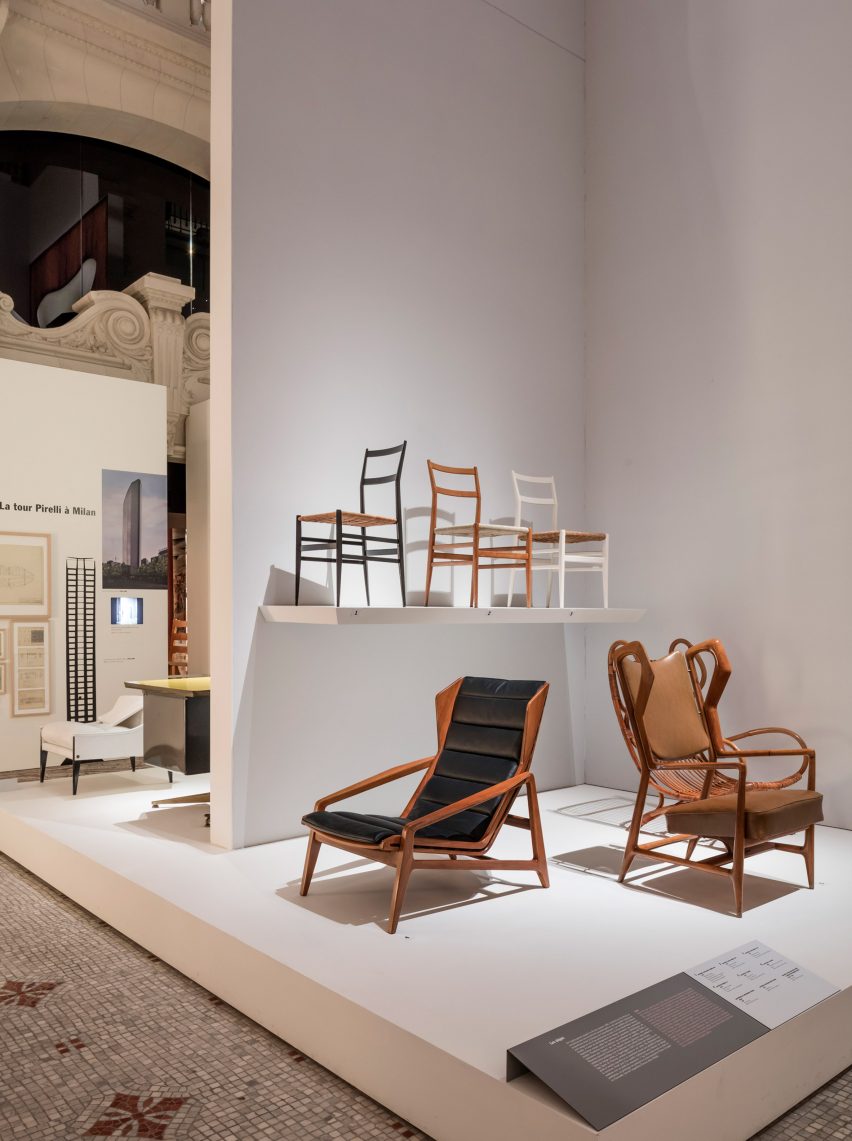
None of them represented the optimism that was in the air at that time more than Ponti's little Superleggera chair, produced by Cassina in 1957.
Its light, tapering legs and woven cane seat rejected the weight of the past and looked enthusiastically to the future.
The mid-century modern lifestyle dominated in the US
Across the Atlantic, American designers Charles and Ray Eames, Finland-born Eero Saarinen, George Nelson, and Harry Bertoia also embraced the new, unencumbered lifestyle.
On the West Coast, the Eameses created a home for themselves – Case Study House 8 – which epitomised a new life that was lived as much outside as inside, and which was as comfortable as it was modern.
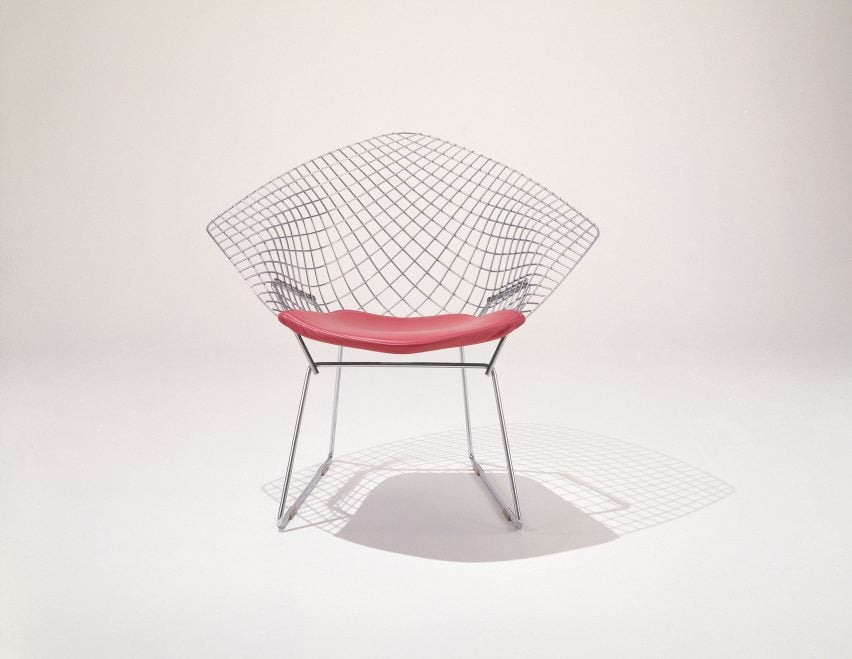
Their leather and moulded rosewood lounge chair and ottoman, originally designed for filmmaker Billy Wilder, epitomised that attractive combination. However, Bertoia's gridded metal chair, with its leather cushion, of 1950-1, was as much about sculpture as it was about sitting.
Great Britain quickly followed. Lucienne and Robin Day, Ernest Race, and John and Sylvia Reid were among the protagonists of what the British called the Contemporary Style. Manufacturers, such as Ercol, and retailers, such as Heals, joined their ranks, while the producers of decorative glass and ceramics items employed designers to create new, exciting wares for them.
With its lightly decorated surfaces depicting abstract organic forms inspired by the natural world, Jessie Tait's Primavera dinner service for Midwinter, for example, evoked a new world miles away from the traditional dinnerware that filled so many people's cupboards.
The revival of mid-century modern design
While the mid-century modern design movement owes its origins and meanings to the pioneering designers working in Scandinavia, Italy, the USA and the UK in the 1940s and 1950s, from the perspective of the early 21st century the term embraces a much wider, ever-evolving, range of designs.
In today's vintage furniture stores, pieces by Jacobsen and Eames sit alongside Italian plastic chairs by Vico Magistretti and Joe Colombo from the 1960s and chunky German ceramics from the 1970s.
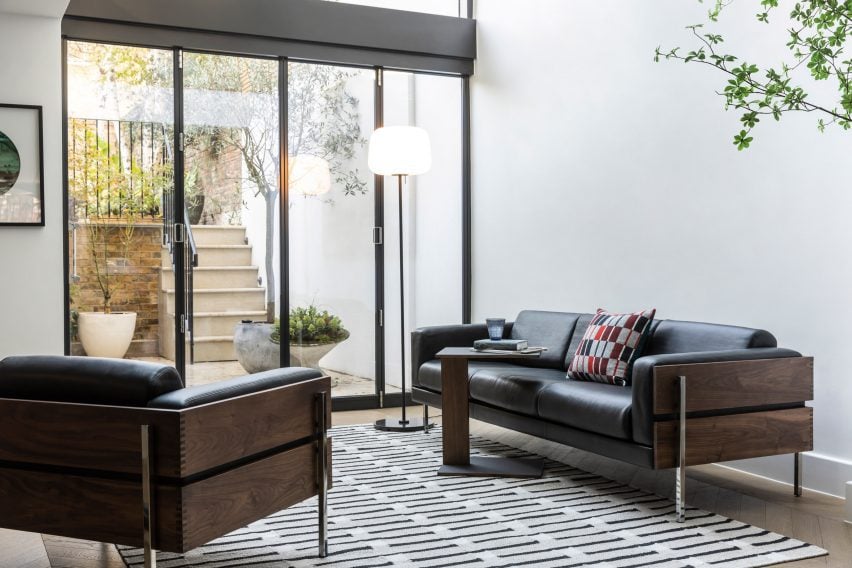
While different in style, for today's consumers, the designs from the 1960s and 1970s embrace the same spirit of modernity and optimism as the earlier pieces.
That spirit died, arguably, when, from the 1970s onwards, the cycle of retro styles – from arts and crafts to art nouveau to art deco to Bauhaus – came into being and optimism was replaced by nostalgia for past models of modernity.
By the 1990s, it was mid-century modern's turn to be revived. Seemingly, however, it managed to buck the trend of ever-changing fashionable retro styles as, in the mid-2020s, the power of that historical design movement remains as strong as ever.
The optimism of its early protagonists still speaks to many people who seek to remain upbeat in the face of countless contemporary challenges – from the climate crisis to economic inequality, to migration, to the threat of global war. There are no signs as yet that that power is beginning to fade.
Top illustration is by Jack Bedford.
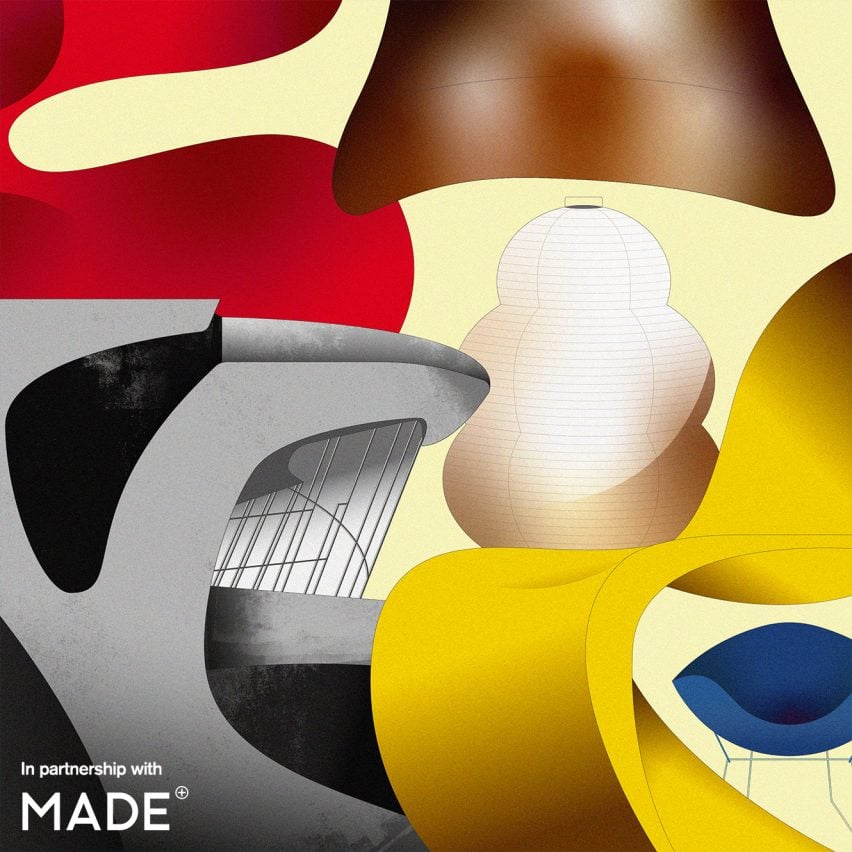
Mid-century modern
This article is part of Dezeen's mid-century modern design series, which looks at the enduring presence of mid-century modern design, profiles its most iconic architects and designers, and explores how the style is developing in the 21st century.
This series was created in partnership with Made – a UK furniture retailer that aims to bring aspirational design at affordable prices, with a goal to make every home as original as the people inside it. Elevate the everyday with collections that are made to last, available to shop now at made.com.